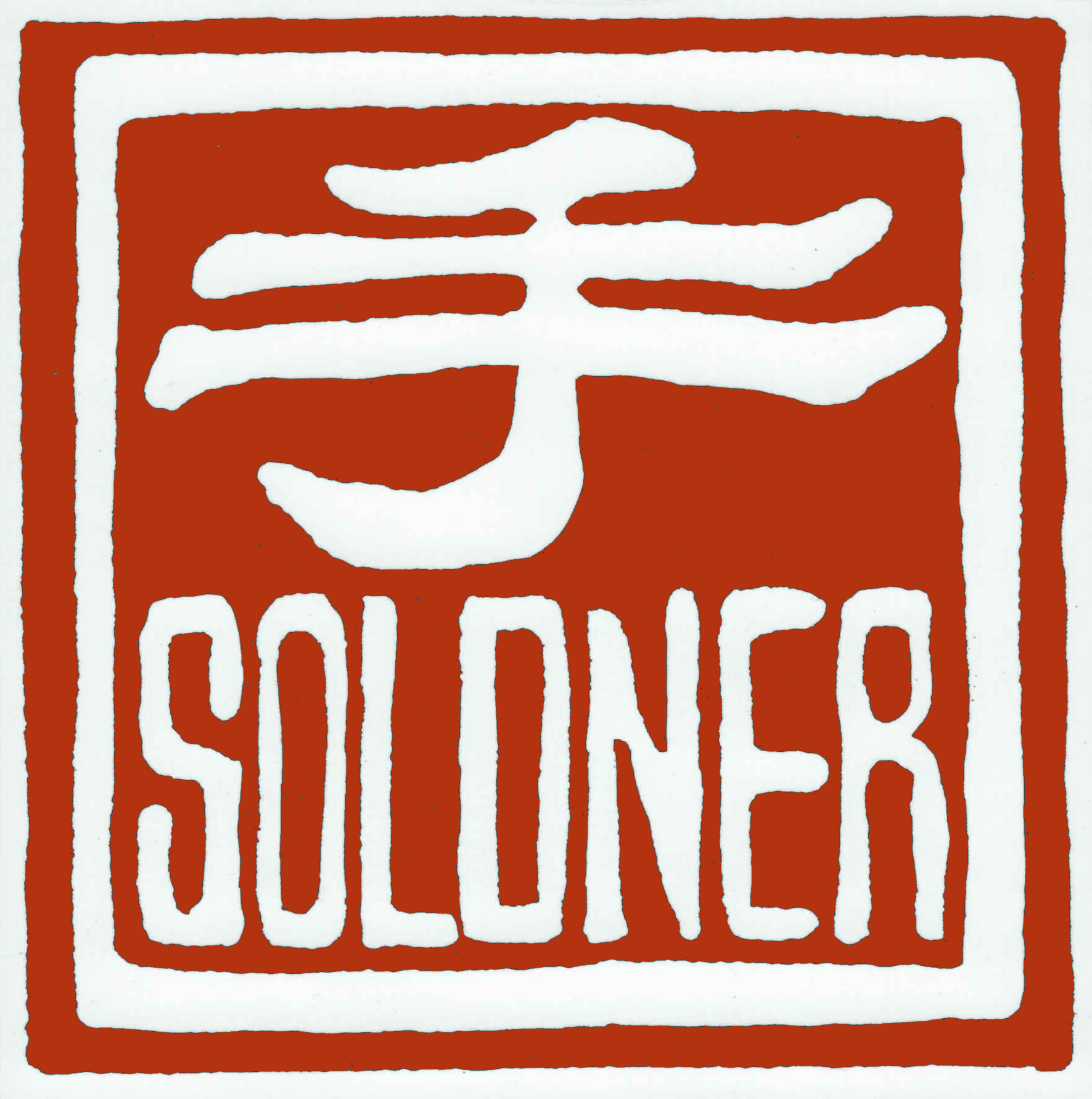OUR MISSION
The Soldner Center is dedicated to a legacy of transformative experience by encouraging curiosity, creativity and innovation through integration of the arts, alternative architecture and energy, the natural world and community.
HISTORY
Paul and Ginny Soldner purchased the Soldner property in Aspen Colorado in 1956. They were innovators, teachers, business owners and artists; Paul a ceramicist and Ginny a painter. With their inventiveness and energy they created a unique environment and lifestyle for themselves that they gladly shared with others of like mind. The Soldner Center was created to support and continue their vision while evolving in appropriate and creative ways.
Paul and Ginny hand built their home and studio, planted all the trees and shaped the landscape. The principle that architecture would improve with age directed their design, and to that end the use of rocks and wood native in the area were used frequently. The Soldner house was one of the first in the area to acknowledge environmental concerns by using the sun’s energy for solar power. The Soldner Center seeks to integrate the arts, architecture, environment, energy and community.
The Soldner home displays Paul and Ginny Soldner’s private collection of ceramic artworks made by many of the important American ceramic artists of the second half of the 20th century. The collection captures a crucial and vital time in ceramic history; the turning point when ceramics moved away from being primarily utilitarian and decorative, to what is now known as the Clay Revolution. The Soldner Center is unique; early artwork by artists who were their friends and colleagues can be viewed together in context within an iconic artist’s personal creative environment. Some of the notable artists represented in the Soldner art collection are Peter Voulkos, John Mason, Beatrice Wood, Ken Price, Betty Woodman and Toshiko Takaezu, as well as Japanese National Treasures Toyo Kaneshige, Shoji Hamada and England’s Bernard Leach. In addition there are examples of early Southwest Pueblo ceramics from 1910 to 1960 including a Fannie Nampeo bowl from 1937.
The Soldner Center is open to the public by reservation only. Learn more and schedule a visit here.
The Soldner Center is a 501(c)(3) Non-Profit Organization.












